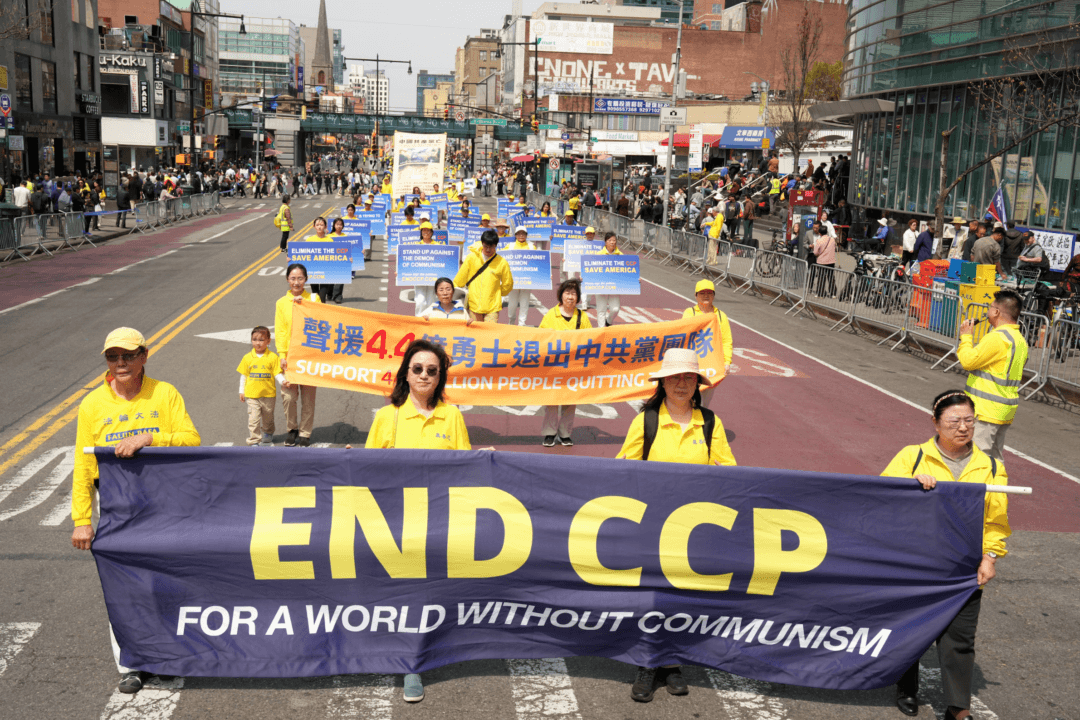The historic trial of former President Donald Trump is winding down to its conclusion as prosecutors have called all of their witnesses and defense attorneys have said their rebuttal testimonies will be brief.
New York Supreme Court Justice Juan Merchan has instructed the parties to prepare for summations to begin as early as May 21.
Key Witness Testimony May Be Lacking
Testimony by ex-lawyer Michael Cohen, as the sole link to President Trump’s involvement in an alleged coverup, spanned the entire week. He will be called back to the witness stand on May 20 for questioning by both sides.Because former Trump Organization executive Allen Weisselberg did not testify, Mr. Cohen’s testimony is the last word on whether President Trump was involved in what prosecutors have dubbed a “hush money” scheme. Meetings and conversations that link President Trump to the alleged conspiracy often involved only Mr. Cohen, but Mr. Weisselberg, who is currently serving a five-month prison sentence, was present at a substantive meeting in which he approved a $420,000 payment to Mr. Cohen and gave instructions on how it should be paid.
President Trump’s signature is on 11 checks cut to pay Mr. Cohen throughout 2017, and prosecutors spent some time questioning witnesses who confirmed they saw him review and sign checks, testifying about the process by which President Trump would receive Trump Organization documents or checks to sign.
As was expected, defense attorneys questioned Mr. Cohen’s credibility as a witness. On May 16, the defense provided additional evidence that suggested he had been misleading in his earlier testimony.
Prosecutors had guided Mr. Cohen through his entering into an agreement with adult performer Stephanie Clifford, better known by her stage name, Stormy Daniels.
Mr. Cohen testified that a call to bodyguard Keith Schiller on the eve of the election in 2016, which was corroborated by a call log, was, in fact, a conversation updating President Trump, then a presidential candidate, on the Stormy Daniels deal.
But on May 16, defense attorneys showed texts that Mr. Cohen exchanged minutes before this call. An anonymous caller had been harassing Mr. Cohen and, on one occasion, forgot to block his number. Mr. Cohen texted back, threatening action via the Secret Service, and the caller then claimed to be a minor and apologized. Mr. Cohen then texted that number to Mr. Schiller, and the two spoke by phone minutes later.
Mr. Cohen had not recalled the conversation with Mr. Schiller about the harassing calls until reminded through records, and defense attorneys suggested he had not remembered a phone call with President Trump either until prosecutors suggested that was, in fact, what the call log showed, throwing the existence of such a conversation into question.
Mr. Cohen said that based on the timing, he “believed” he would have spoken to President Trump about Stormy Daniels via phone at that time. Defense attorney Todd Blanche, in a heated moment, responded that the jury could not rely on Mr. Cohen’s personal beliefs and needed facts.
Defense attorneys also highlighted Mr. Cohen’s past statements expressing a desire for revenge and his delight at the prospect of seeing President Trump in prison. They elicited confirmation that Mr. Cohen has several income streams focused on such content, including an online shop selling merchandise depicting President Trump in prison, a podcast, books, media appearances, and recent livestreams about the trial during which fans could send donations.
Verdict Will Turn on Jury Instructions
It seems unlikely that President Trump will take the witness stand. Defense attorneys said on May 16 that it was still a decision they “need to think through.”Instead, they plan to call a number of rebuttal witnesses they have said can all be finished within a day. They include an expert witness the defense will ask to define certain terms used in the case.
The defense sought to add definitions of additional terms, including “for the purpose of influencing any election for federal office”—the crime prosecutors allege the falsified business records were made to cover up.
Prosecutors argued that the defense was attempting to present a conflicting jury instruction, and the judge seemed to agree.
Justice Merchan asked whether the impetus for the additional testimony was that the defense believed that there are “two competing sets of instructions, not that the facts of the case have changed.”
Prosecuting attorney Matthew Colangelo said, “The very fact that this is a contested legal issue is even more reason why this should be resolved through argument, Your Honor, in a pre-charge conference, not in testimony.”
In a charge conference, the judge will instruct the jury on the interpretation of the laws in the case and ensure that the jurors understand the legal issues in the case.
Prosecutors had not alleged a second crime for which the falsified business records were a coverup in the indictment, as that had not been a legal requirement, but they revealed at the start of the trial that they believe President Trump sought to influence a federal election, referring to several people as coconspirators. This second crime is what bumps the 34 counts of falsifying business records up from misdemeanors to low-grade felonies.








